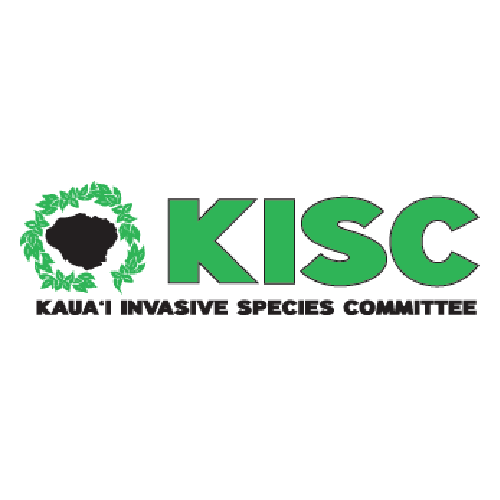Family: Poaceae
Anthoxanthum odoratum (sweet vernalgrass) is a perennial bunchgrass native to Europe, temperate Asia, and northern Africa. It was introduced worldwide for pasture and ornamental use and is now naturalized in many temperate regions, including Hawaiʻi, where it grows in disturbed grasslands, roadsides, and open forest areas. The grass is known for its sweet, vanilla-like scent, especially noticeable when dried, due to the presence of coumarin compounds. Sweet vernalgrass thrives in a range of soils and climates and is often one of the first grasses to green up in the spring.
This species possesses several traits that warrant caution. It produces abundant wind-dispersed seeds that allow it to spread quickly and form dense stands, displacing native vegetation. It can tolerate grazing, mowing, and poor soils, enabling it to persist even under disturbance. Additionally, sweet vernalgrass can cause hay fever in sensitive individuals and is considered a weed in agricultural and natural systems in many parts of the world. Nevertheless, it is valued as a forage grass in cooler, higher elevations of the Hawaiian Islands.
High Risk Traits:
- Broad climate suitability and elevation range exceeds 1000 m, demonstrating environmental versatility
- Grows in upper elevations of subtropical islands
- Naturalized on Kauai, Oahu, Molokai, Maui, and Hawaii (Hawaiian Islands) and widely naturalized elsewhere
- A disturbance adapted weed with negative environmental impact
- Other Anthoxanthum species are invasive
- Allelopathic
- Can be indirectly toxic to grazing animals
- Pollen causes asthma and allergies
- Can create a fire hazard in invaded ecosystems
- Tolerates many soil types
- Forms dense mats that can prevent native seedling regeneration
- Reproduces by seeds
- Can reach maturity in one growing season
- Seeds dispersed by adhering to machinery, as a contaminant, by wind, and internally by grazing animals
- Prolific seed production
- Seeds may remain viable for 2-5 years
Low Risk Traits:
- From temperate regions (may limit ability to invade to higher elevations of tropical islands)
- Unarmed (no spines, thorns, or burrs)
- Provides forage for grazing animals
- Grows in full sun (shade may limit spread)
- Self-incompatible
- Not reported to spread vegetatively
- Herbicides may provide effective control




